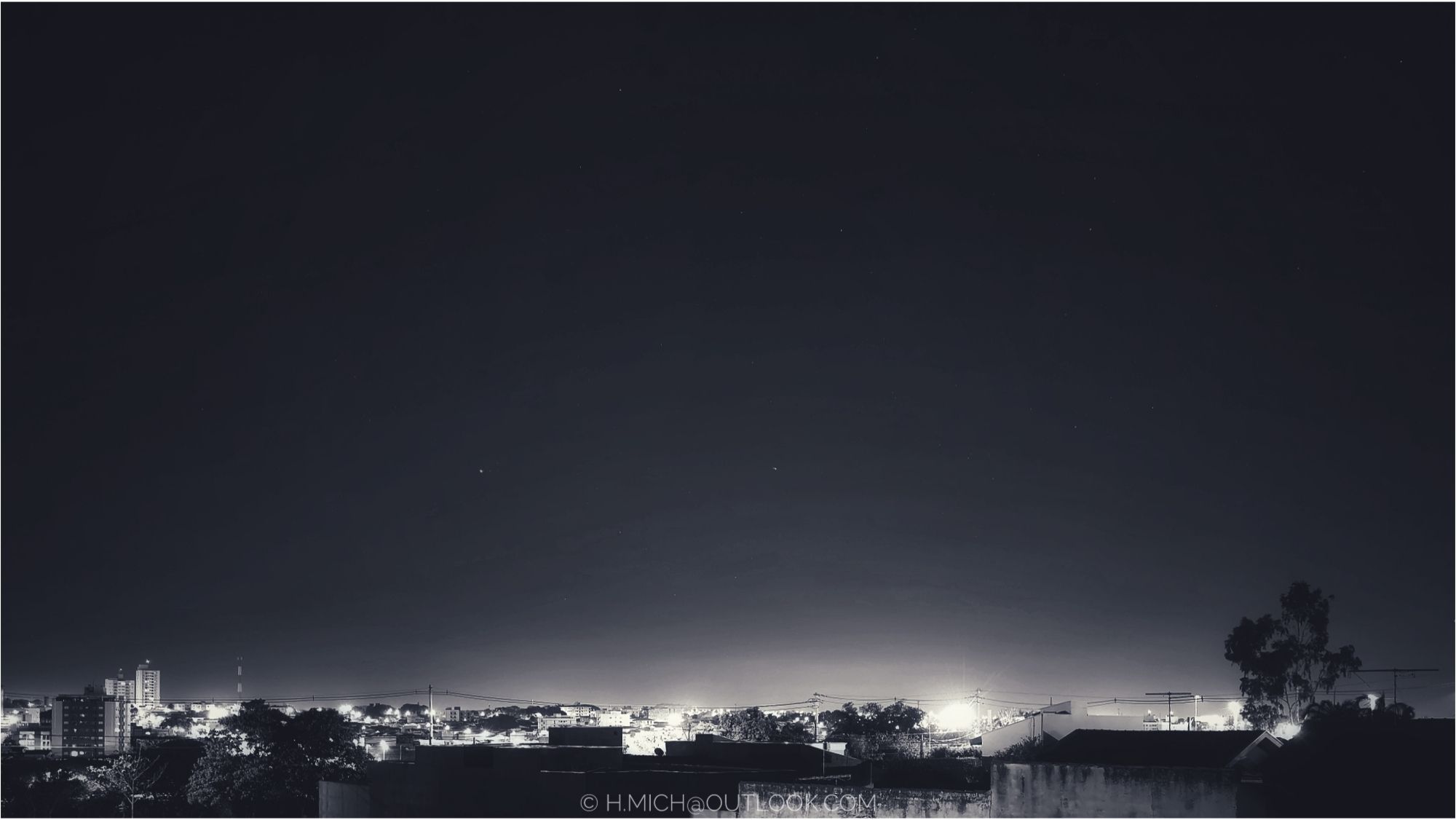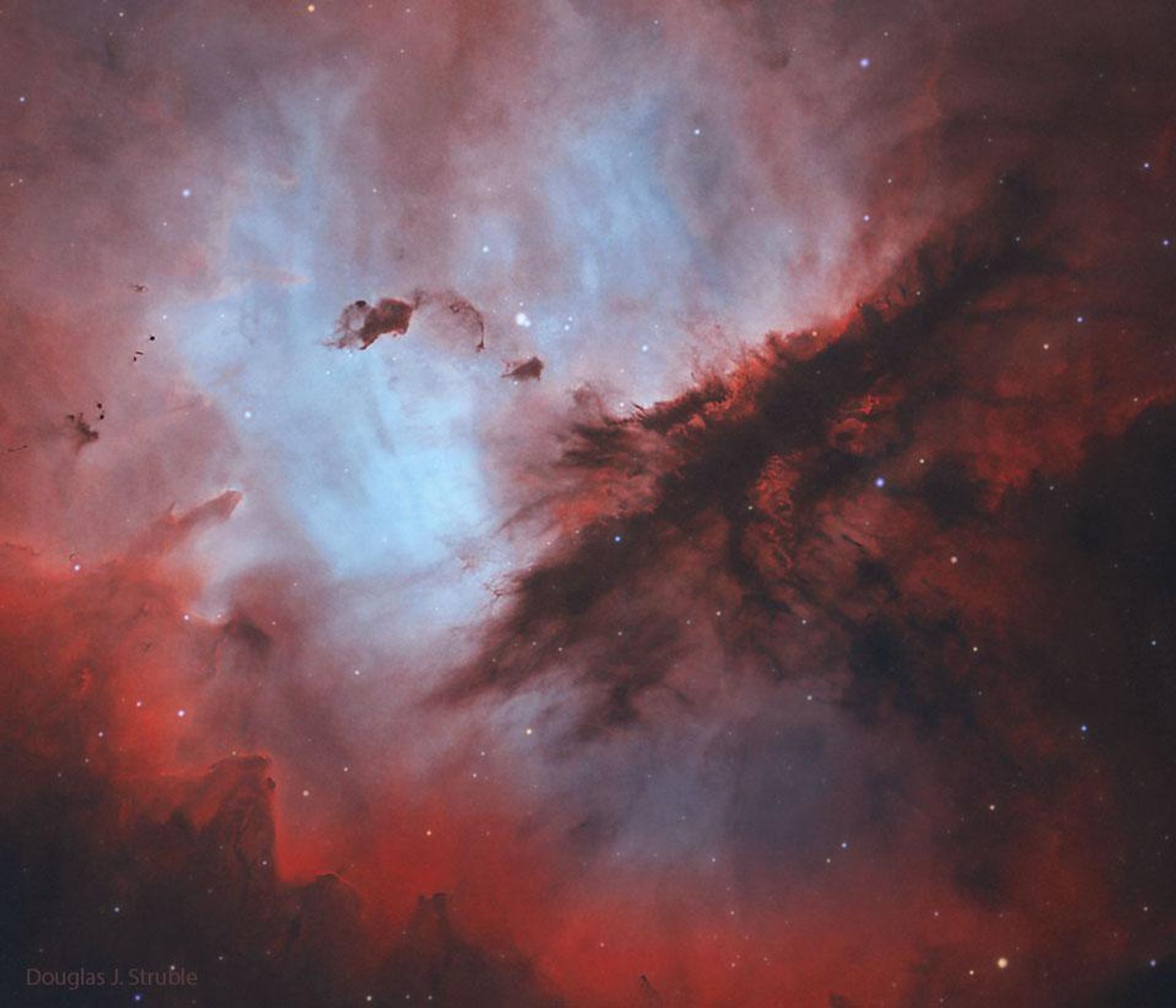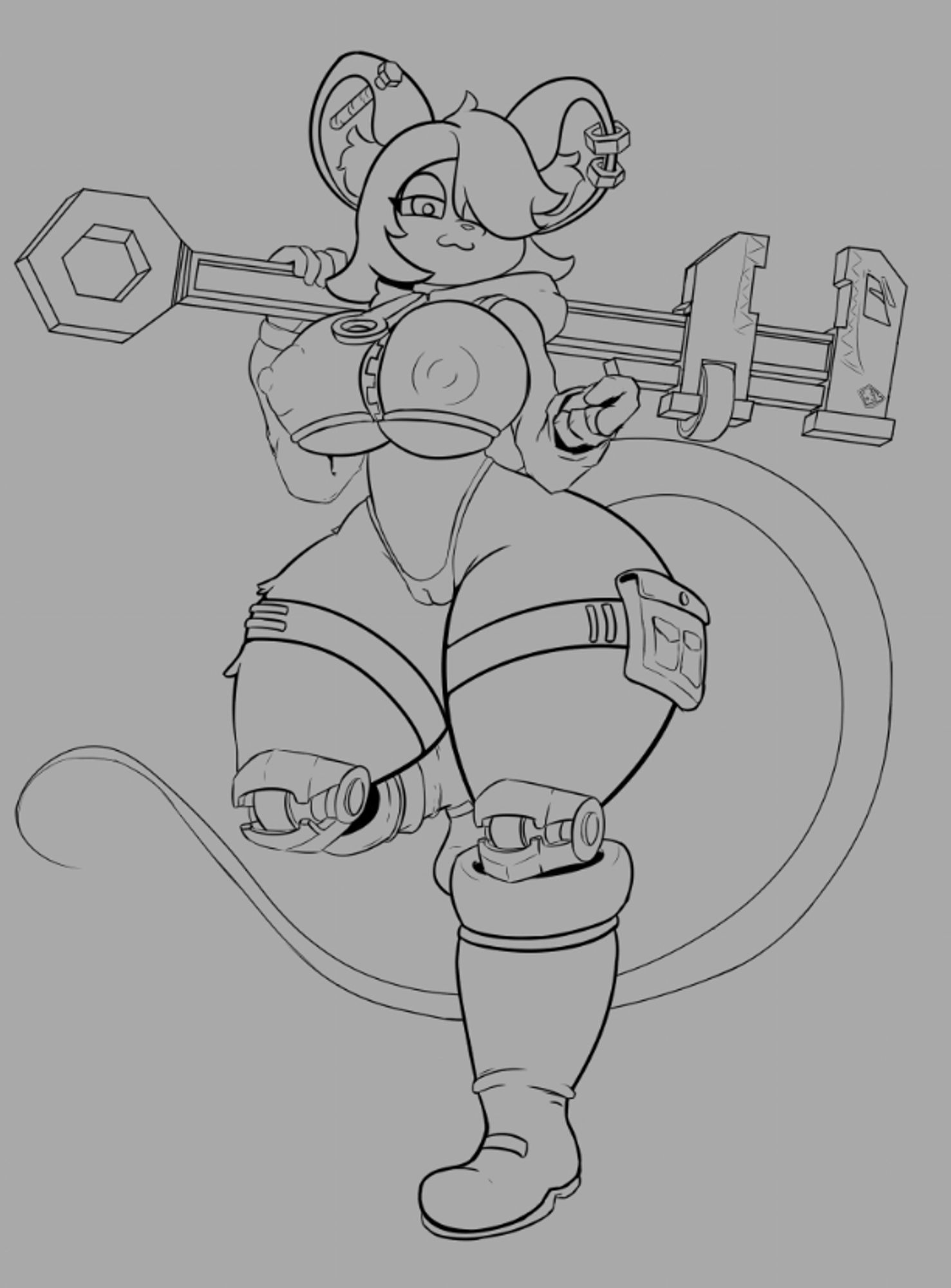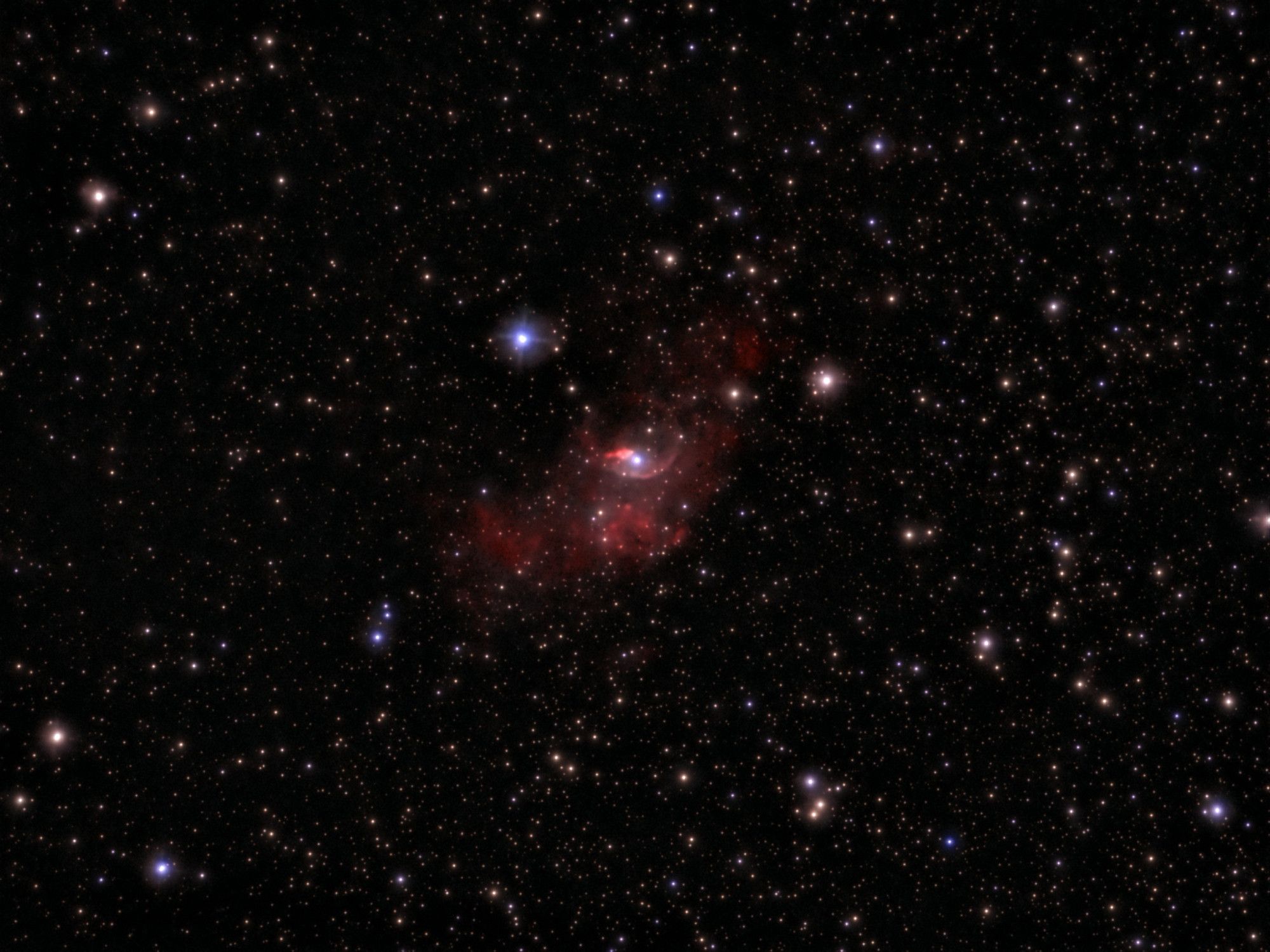as constelações pegasus, andrômeda , perseus e cassiopeia ensopadas na luz difusa da cidade e do cobertor nebuloso, voltando a época das trevas?

10,000 light-years away in the constellation Cassiopeia. This sharp composite image was made through narrow-band filters, combining emission from the nebula's hydrogen, sulfur, and oxygen atoms in green, red, and blue hues. It spans over 80 light-years at the estimated distance of NGC 281.
Portrait of NGC 281 Source: https://apod.nasa.gov/apod/ap170930.html NGC281 #PacmaNebula #Casiopeia #eepSky #StarFomation #EmissioNebula #CosmcCloud #Openluster IC1590 #Astrophotography

left is classified as a Bok Globule as it may gravitationally collapse and form a star -- or stars. The Pacman Nebula lies about 10,000 light years away toward the constellation of Cassiopeia.
Dust Clouds of the Pacman Nebula Source: https://apod.nasa.gov/apod/ap220810.html #asronomy#space nebula#stars #strbirth #glactic #comicart #pacmannebula ngc281 ic1590 #boklobule #casiopeia #eepsky #astrophotgraphy #spaceexploration

This painting has sold and is on its way to its forever home!!!! Yay! 🎉 “Cassiopeia,” oils on 24 by 24 inch canvas

Lines are mostly done (just a bit of tweaking to do) Gravitating towards the name Cassie/Cassiopeia for her

The little cluster above that is the Pleiades, and above them, Perseus. Further in that direction you will find the “W” shaped Cassiopeia.
One million seconds of x-ray image data were used to construct this view of supernova remnant Cassiopeia A, the expanding debris cloud from a stellar explosion. The stunningly detailed image from the Chandra Observatory will allow an unprecedented exploration of the catastrophic fate that awaits

